A scientific complementary metal-oxide-semiconductor (sCMOS) is typically used in applications related to biomedical imaging or astronomy; however, due to its superior resolution capability, it is being applied to alternative vision applications.
Bae Systems’ newest sCMOS Hawkeye claims to be the first CMOS image sensor (CIS) to capture imagery in overcast nighttime conditions. The HWK1411 is intended for battery-powered soldier systems, unmanned platforms, and targeting and surveillance applications.
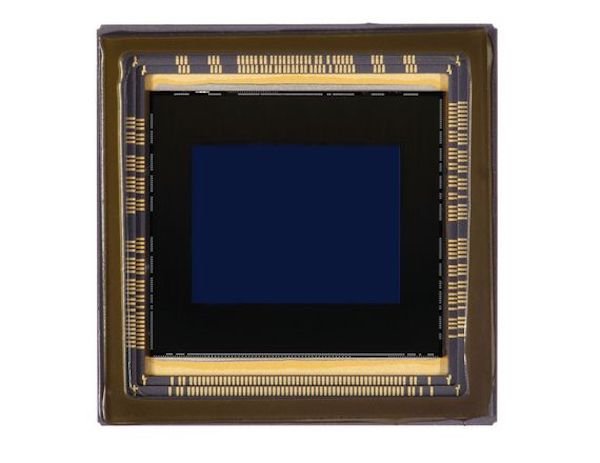
Bae Systems’ HWK1411 “Hawkeye” BSI sCMOS 3.0 sensor. Image used courtesy of Bae Systems
Additionally, Hamamatsu released details earlier this year on a next-gen CIS called quantitative CMOS (qCMOS). The qCMOS, built into the ORCA-Quest camera system, is said to be capable of resolving photon count using industry-leading readout noise of 0.27 electrons rms.
Understanding why these two technologies are important to the scientific or military community requires a brief overview of the image sensor technology of the past couple of decades.
A Brief History of Image Sensor Technology
Just over ten years ago, charge-coupled device (CCD) technology was the primary choice for advanced scientific imaging technology. However, since 2009, advancements in scientific CMOS image sensor technology have largely pushed CCD devices out of favor. Generally speaking, sCMOS technology offers lower noise, higher speed frame rates, and a large field of view.

Technological evolution for scientific imaging decade by decade. Screenshot used courtesy of Hamamatsu
Although the development of CMOS image sensors started to take off in the 1990s, the first generations of CMOS technology did not compete with CCD on quantum efficiency (QE).
However, starting in 2011, a newer generation of sCMOS improved QE up to 72% - 82% and reduced read noise to the point where sCMOS would overtake CCD in many applications. The most recent technology, the so-called Gen III sCMOS, has completely dwarfed the capabilities of CCD/EM-CCD image sensors.
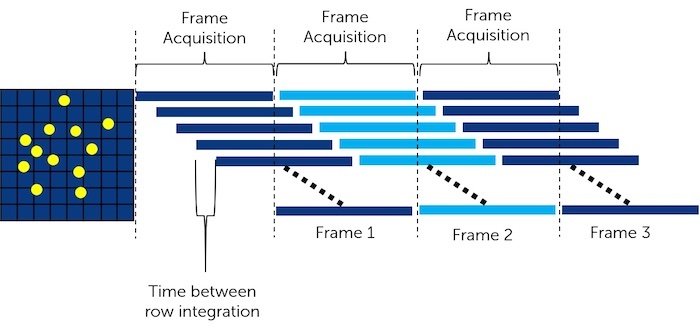
Using a rolling shutter allows sCMOS to possess higher frame rates and lower readout noise. Image used courtesy of Princeton Instruments
In 2021, with improved quantum efficiency and reduced read noise, general CMOS sensor image technology might be a suitable alternative to sCMOS. The cost factor between the two image sensors can be 10x, making CMOS a clear winner based on the cost in all but the most stringent biomedical image applications.
Now that a bit more of the history of CMOS is understood, let's take a look at Bae Systems' latest sCMOS.
Bae Systems’ Hawkeye Enables Superior Night Vision
The Hawkeye sCMOS has a resolution of 1.6 megapixels (1440 x 1104), operating at a maximum frame rate of 120 fps. The system has an ADC resolution of 11 bits and a programmable gain of 8x, 16x, and 32x.
The pixel size is 8.0 µm x 8.0 µm, which the larger pixel size is said to allow for reduced noise, an essential requirement for sCMOS technology.
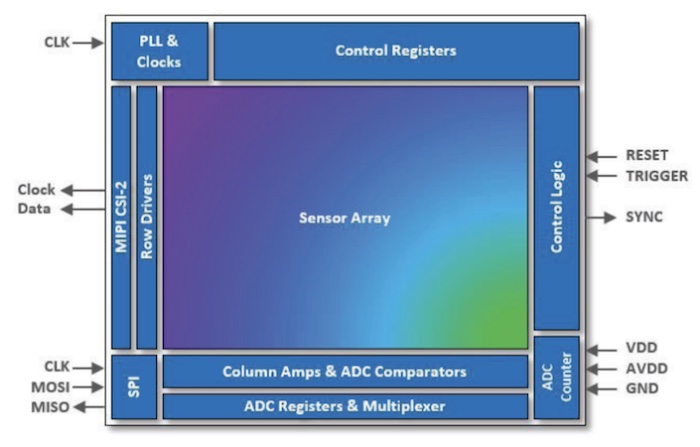
A high-level diagram of HWK1411’s subsystems. Image used courtesy of Bae Systems [PDF download]
The interface contains a 4-lane MIPI CSI-2 output interface, operating at 1.5 Gbps/lane, along with an SPI 40 MHz control interface. Hawkeye uses less than 750 mW at 120 fps with an operating temperature range of -40 ℃ to +85 ℃ (otherwise known to be rated as an industrial application).
Following in line with improving CMOS technology, Hamamatsu hit a landmark with its qCMOS sensor.
Hamamatsu’s qCMOS Claims 0.27e- Read Noise
Despite the advancements of sCMOS 3.0 in 2018, which has a readout noise of 0.7 electrons rms, more work had to be done. Last May, Hamamatsu released the ORCA-Quest, the first scientific camera in its line-up to contain the new qCMOS image sensor technology.
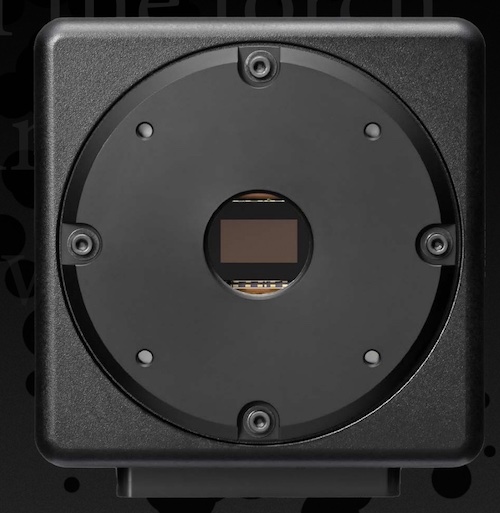
The ORCA-Quest qCMOS camera. Image used courtesy Hamamatsu
The ORCA-Quest is said to have a readout noise of 0.43 electrons rms (typ.) with an ultra-quiet scan capable of 0.27 electrons rms. Readout noise is a crucial parameter in the quantization of discrete photoelectrons.
Hamamatsu has coined the term qCMOS to denote the capability of “photon number resolving,” which means measuring light by counting photoelectrons.
As seen below, for a readout noise of 0.5 electrons and above, the capability to detect individual photoelectrons is lost.
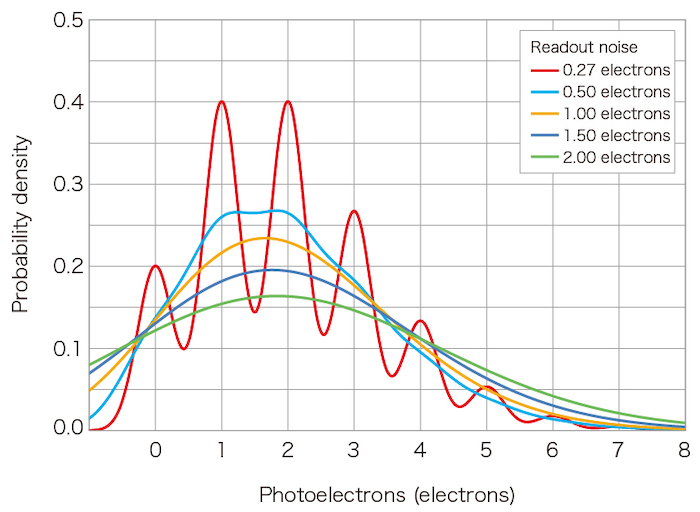
Discrete detection of photons requires ultra-low electron (rms) noise. Image used courtesy of Hamamatsu
Hamamatsu continues to drive innovation and generation development for CMOS technology with the advent of the qCMOS architecture. Meanwhile, Bae Systems is paving the way for sCMOS technology adoption in fields other than scientific imaging.
Beyond sCMOS, the industry has seen advancements in image sensor technology for numerous applications in 2021.
Interested in image sensor technology? Find more coverage down below.
Sony’s Image Sensor Roundup: Automation, Auto LiDAR, AI, and More
ON Semi’s Image Sensors and SiPMs Give AutoX a Leg Up on Autonomous Driving
How CMOS Image Sensors Are Making Strides in Pixel Count and Size
